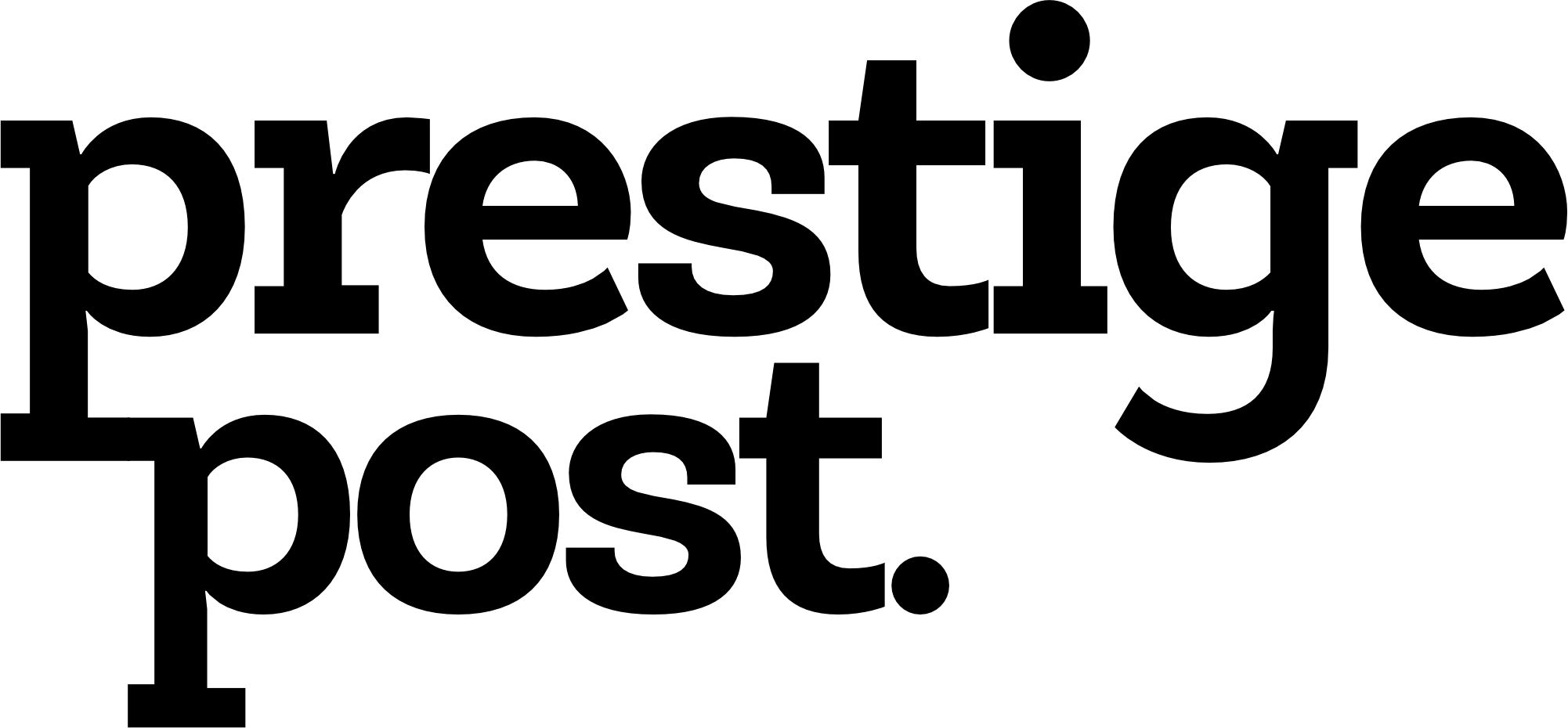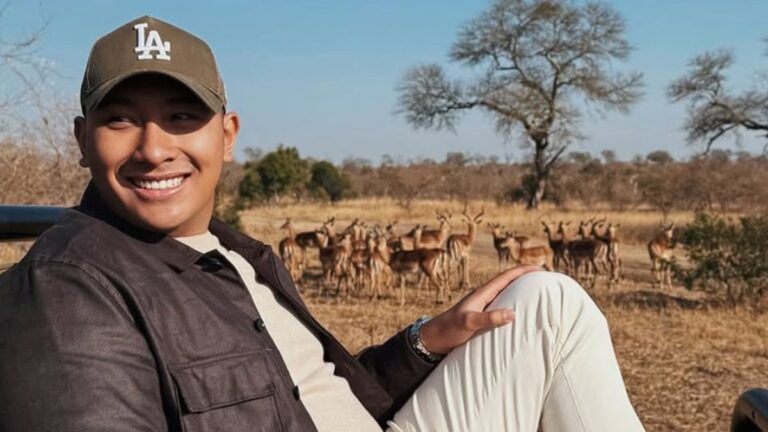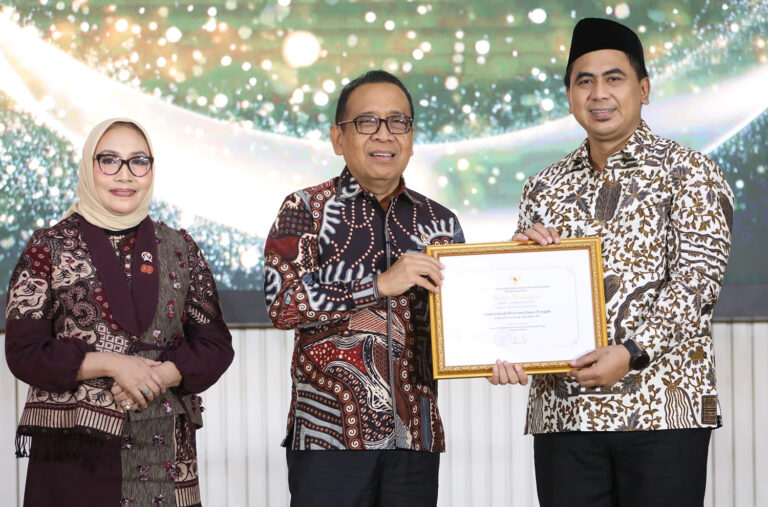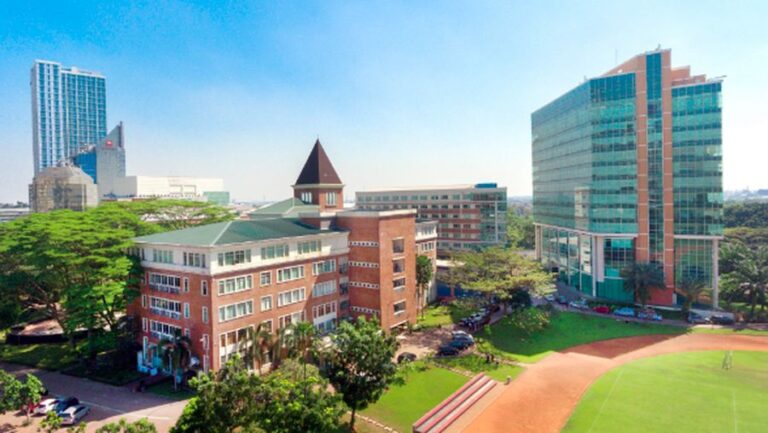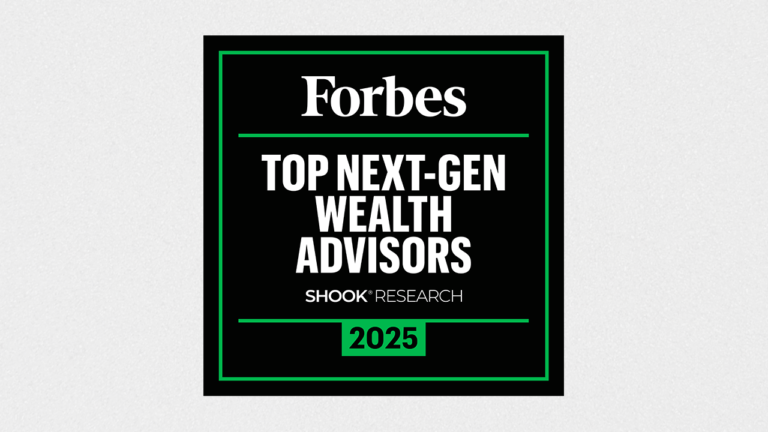New York — The Los Angeles Times, a storied institution in American journalism, is embroiled in controversy as its owner, Patrick Soon-Shiong, pushes forward with radical changes to the newspaper’s editorial and operational framework. At the heart of the conflict is the biotech billionaire’s proposal to implement an artificial intelligence-powered “bias meter” in news articles and his decision to overhaul the paper’s editorial board to include more centrist and conservative perspectives.
Soon-Shiong unveiled the bias meter during a conversation on Scott Jennings’ Flyover Country podcast, describing it as a groundbreaking tool designed to provide readers with alternative viewpoints on news stories. Drawing on over a decade of work in augmented intelligence technology originally developed for healthcare, Soon-Shiong aims to equip readers with a clearer understanding of the inherent biases in news sources.
“Readers will be able to see both sides of a story with a single click,” he explained. “This tool is intended to combat confirmation bias and ensure that people are not trapped in echo chambers.”
The bias meter, set to debut in January, is part of Soon-Shiong’s broader effort to address what he sees as fundamental flaws in contemporary media. He has repeatedly criticized the inability of major publishers to effectively separate news from opinion, warning that this failure threatens the credibility and sustainability of mainstream journalism.
The announcement has triggered significant pushback from the Los Angeles Times Guild, which represents the majority of the newsroom staff. In a strongly worded statement, the union rejected Soon-Shiong’s claims about bias within the newsroom and emphasized the rigorous ethical standards that guide the paper’s reporting.
“The suggestion that our newsroom is compromised by bias is both unfounded and damaging,” the Guild stated. “We are committed to delivering journalism that is fair, transparent, and rooted in a deep understanding of the issues.”
The backlash has been exacerbated by recent resignations, including that of Harry Litman, a senior legal columnist, who left the paper in protest against what he described as an erosion of its journalistic independence. Litman accused Soon-Shiong of steering the publication toward a political alignment more favorable to Donald Trump, a move he argued jeopardizes the paper’s role as a democratic watchdog.
In his resignation letter, Litman decried the owner’s decision to block the Times’ endorsement of Vice President Kamala Harris during the 2024 presidential campaign, calling it a betrayal of the paper’s values. The decision, made without consulting the editorial board, sparked widespread discontent within the newsroom and led to a wave of subscription cancellations.
Kerry Cavanaugh, the assistant editorial page editor, also resigned amid these developments, further underscoring the turmoil within the publication. Soon-Shiong defended his actions, arguing that the endorsement process lacked transparency and rigor. “I did not want our paper to contribute to the spread of misinformation or disinformation,” he said, justifying his intervention as a necessary step to uphold journalistic integrity.
In addition to blocking the endorsement, Soon-Shiong has taken an increasingly hands-on approach to the paper’s operations, reportedly reviewing opinion piece headlines before publication and seeking to diversify the editorial board’s ideological perspectives. While he has framed these changes as efforts to promote balance and inclusivity, critics argue they represent undue interference in the editorial process.
The impending launch of the bias meter adds another layer of complexity to the situation. While the tool’s proponents see it as a step toward greater transparency and reader engagement, its detractors warn that it could further alienate staff and undermine trust in the publication.
As the Los Angeles Times navigates this period of upheaval, questions about the future of its editorial independence and its ability to adapt to an evolving media landscape remain at the forefront of public discourse.
